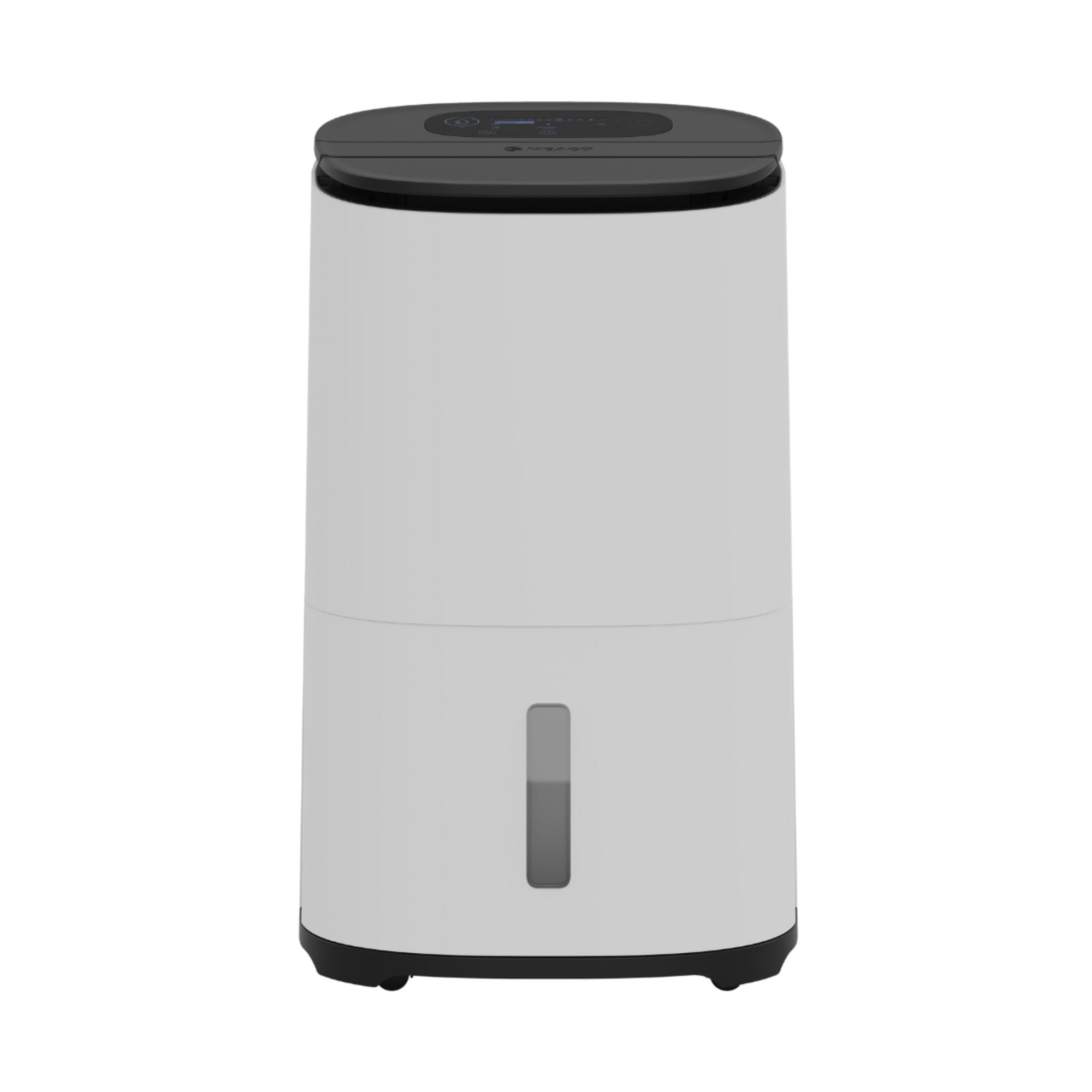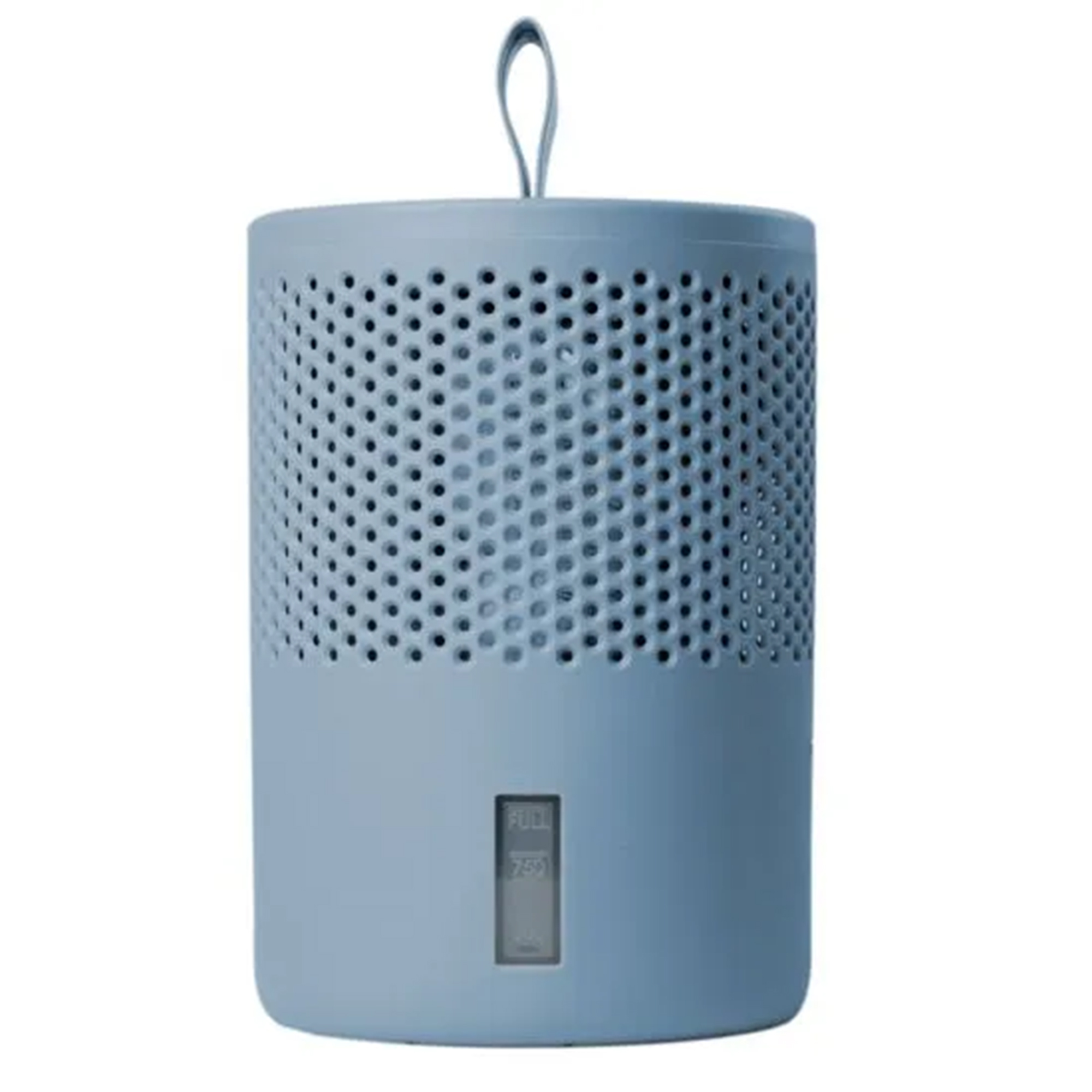Dehumidifier vs bathroom fan - experts break down the differences between the two and which might serve you better
Bathroom fans and dehumidifiers both reduce condensation - but which should you be using? Experts weigh in
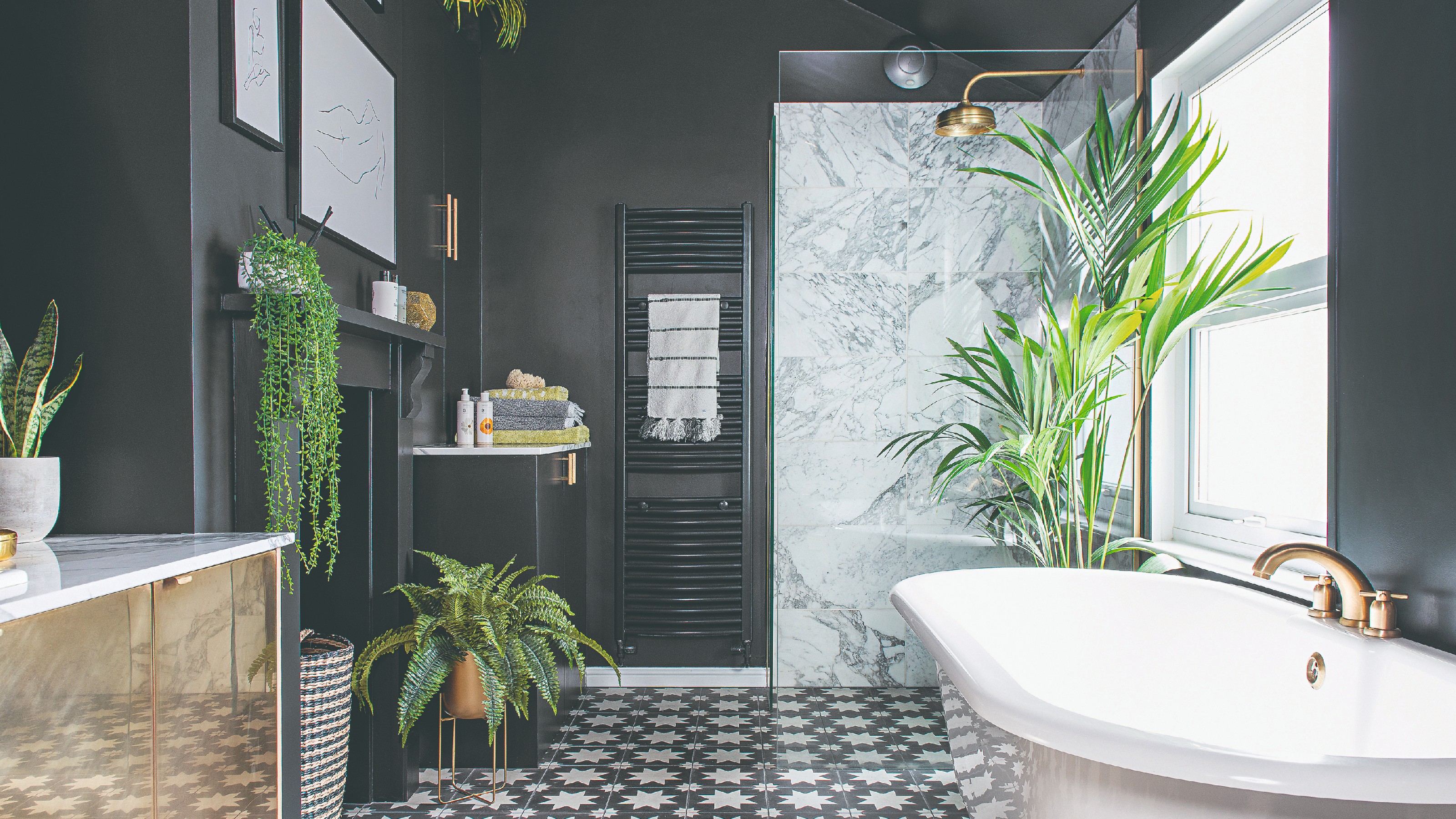

A poorly ventilated bathroom quickly becomes a breeding ground for mould, which is why investing in moisture-reducing appliances is a must. But which is more suited to the job: a dehumidifier or a bathroom fan? Getting clued up on the dehumidifier versus bathroom fan debate means you can make the right choice for your home.
The best dehumidifiers are great for pulling excess moisture from the air and reducing humidity levels in a room. And bathroom fans will ventilate a space by expelling hot, humid air. But you might be wondering whether you need both, or if one comes out on top.
Both of them are ideal solutions for getting rid of damp, and they'll both help stop condensation on walls and ceilings too. But when it comes to choosing between a dehumidifier and a bathroom fan, there are some key differences to be aware of which makes them better suited to different purposes. We've asked the experts to tell us all the facts about weighing up a dehumidifier versus a bathroom fan, including if one is better for getting rid of mould.
What's the difference between a dehumidifier and a bathroom fan?
Though they can have a similar effect, it's important to note the key difference between a dehumidifier and a bathroom fan. And this largely comes down to how they remove moisture from the air.
'A dehumidifier reduces humidity by drawing in air, removing moisture, and then releasing the dry air back into the room,' says Chris Michael, Managing Director, Meaco. 'It continuously lowers the overall moisture content in a space, making it ideal for areas with persistent humidity issues.'
'A bathroom fan quickly expels humid air generated during activities like showering, preventing condensation on surfaces that can lead to mould growth', he explains further. 'However, a fan only functions when turned on and does not reduce the room’s humidity long-term—it merely exchanges indoor air with outside air.'
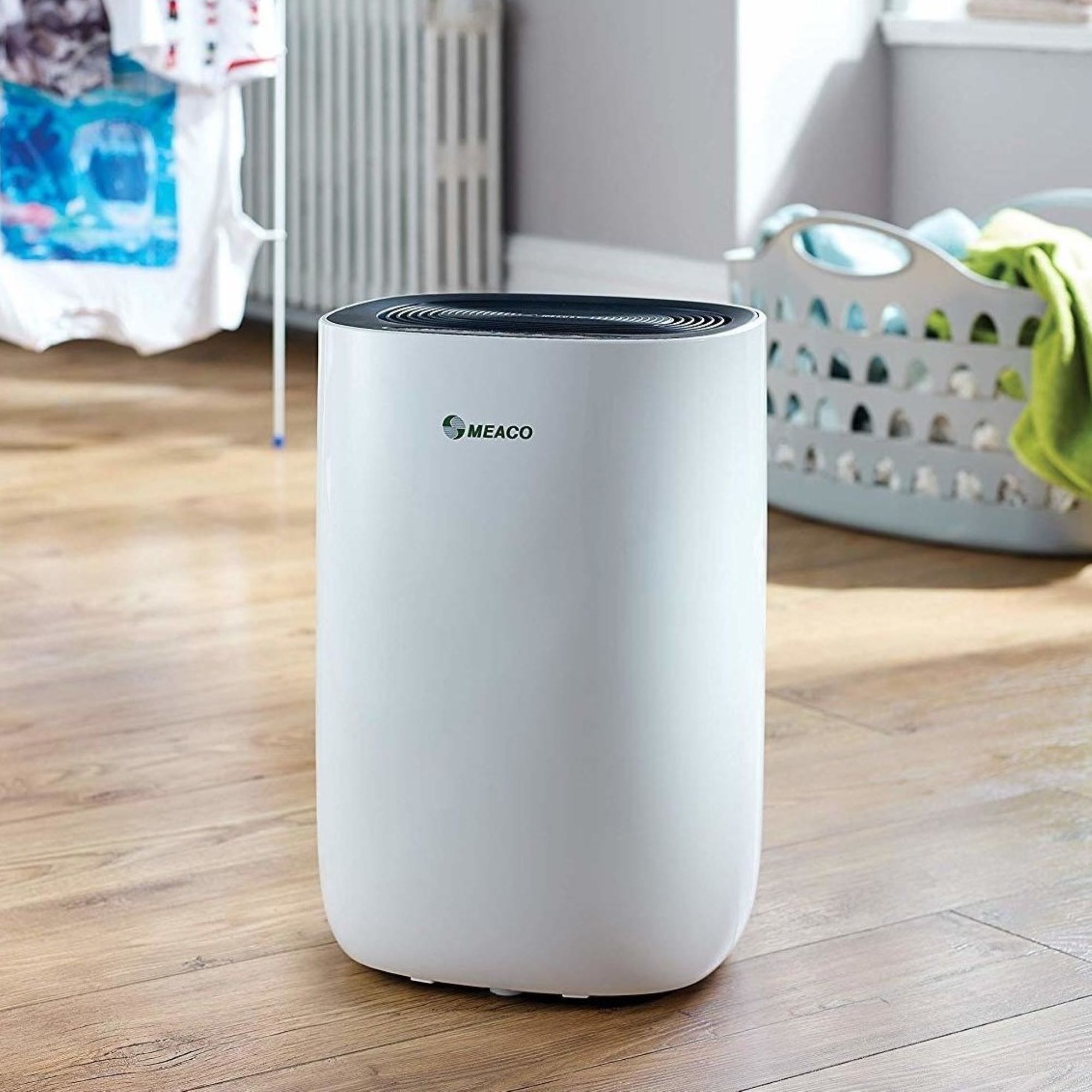
Both are ideal for removing excess moisture and stopping mould from coming back in a bathroom. But the fact that they do this in different ways, means they are better suited to different circumstances.
Sign up to our newsletter for style inspiration, real homes, project and garden advice and shopping know-how
Which should you use - a dehumidifier or bathroom fan?

Though dehumidifiers and bathroom fans work differently, they are often confused because of the similar effect they have. But experts state that the better option depends on a couple of factors - the size of the room and the level of moisture issue.
'A dehumidifier is ideal for larger rooms or areas that experience persistent moisture problems, such as basements, as it reduces humidity over time and prevents issues like mould or dust mites,' says Nathan Paul, Air Appliance Expert, Appliances Direct. 'Its portability also makes it versatile for different areas of the home.'
But when it comes to a bathroom, dehumidifiers alone may not be the best solution. 'I wouldn’t recommend using a dehumidifier as a complete substitute for a bathroom fan,' says Brian Toward, Bathroom Specialist and CEO, Wholesale Domestic. 'Fans are more efficient at preventing moisture build-up during and immediately after a shower, whereas dehumidifiers are better at maintaining a lower humidity level over time. The ideal setup would be to have both a fan and a dehumidifier working together for maximum moisture control in bathrooms prone to lots of humidity.'

Combining a dehumidifier and an extractor fan is the most efficient way of reducing moisture in a bathroom, particularly in small bathrooms, where it's more difficult for air to circulate. A dehumidifier would serve a useful purpose in supporting the extractor fan and collecting the excess moisture which the fan couldn't expel quick enough.
That being said, some bathrooms can't facilitate extractor fans because they don't have access to external venting. This is sometimes the case with older, listed buildings.
In these cases, a dehumidifier may be used instead of a bathroom fan. 'A dehumidifier is a good option for bathrooms if they do not have external venting as it does not require venting outside,' says Joshua Warren, Dehumidifier Expert, AO.com. 'Your appliance does not need ducts and can be a great option if your bathroom is in an older building without access to a bathroom fan.'
If you want to try the dehumidifier route, take a look at our top picks to get you started.
Is it safe to use a dehumidifier in a bathroom?

You should always be cautious before using an electrical appliance in a bathroom, so it's completely normal to wonder whether you can actually use a dehumidifier in a bathroom. Damp, wet environments can cause damage to electrical components, so while dehumidifiers can be suitable for use in these rooms, there are some necessary safety precautions to take.
'Leave the bathroom door open and place the dehumidifier in the hallway,' Nicholas Auckland, Heating and Energy Expert at Trade Radiators recommends. 'This will prevent the appliance from getting wet, but still works to remove humidity from the air. And you should ideally use a bathroom-safe model. Some dehumidifiers are actually specifically designed for use in excessively humid environments, such as bathrooms and busy kitchens. They have added protection against water getting into the electrical components which makes them safe to use in these areas.'
FAQs
Can you use a dehumidifier in a bathroom instead of a fan?
You can use a dehumidifier instead of a fan in the bathroom, but there are a few things to consider. Firstly, if you have a working bathroom fan, but want to use a dehumidifier, you might find you'll get the best results by using them together. Secondly, if you don't have a working fan and you only use a dehumidifier, you must take the proper safety precautions as using any electrical appliance in a wet, damp environment can have serious risks.
'Most dehumidifiers aren't specifically designed to be used in areas with direct exposure to water, such as in bathrooms where they're near a shower, bath or sink,' Nicholas says. 'Moisture in the air can damage the dehumidifier’s electrical components, creating a potential safety hazard, especially in small bathrooms where steam and humidity builds up quickly.'
It is therefore recommended to use the dehumidifier just outside of the bathroom with the door open, where it will still be able to do an adequate job of lowering humidity and reducing the likelihood of mould.
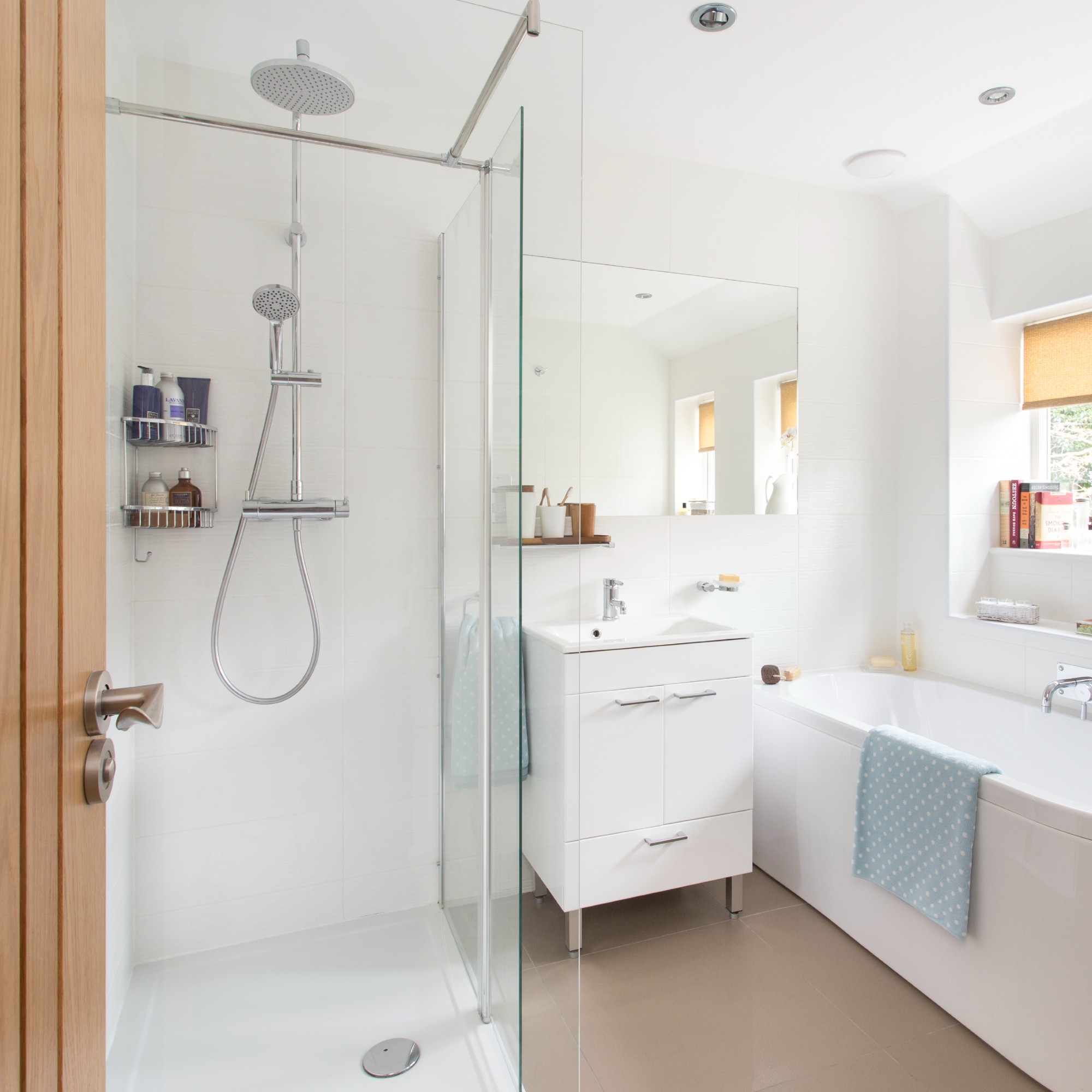
Is a dehumidifier or extractor fan better for bathrooms?
Ideally, an extractor fan is the better solution for most bathrooms, because this transports humid air directly outside quickly. Using the shower or bath usually creates a lot of steam, and if this stays circulating in the room too long, it will lead to condensation on the walls, which will eventually develop into mould.
However, it can be helpful to use a dehumidifier alongside an extractor fan, especially you have a smaller space. 'A dehumidifier is there to support the extractor fan and to remove the excess moisture that the extractor cannot cope with,' says Chris from Meaco.
Brian adds,''For people with small, regularly used bathrooms or those without external ventilation, combining a fan and a dehumidifier is the most effective way to ensure moisture is properly managed,' Brian says. 'For larger or better-ventilated bathrooms, a fan may be sufficient on its own.'

Katie has been writing freelance since early 2022, specialising in all things homes and gardens, following achieving a Masters in Media and Journalism. She started out writing e-commerce content for several of Future’s interior titles, including Real Homes, Gardeningetc, Livingetc, and Homes and Gardens. Since then she’s been a regular contributor on Ideal Home’s digital team, covering news topics, how-to guides, and product reviews.
